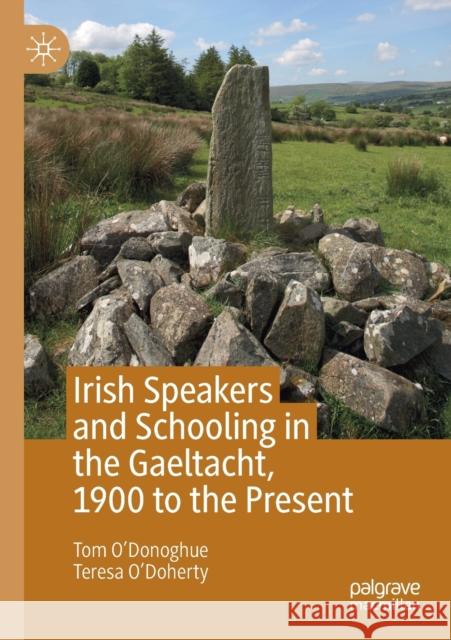Irish Speakers and Schooling in the Gaeltacht, 1900 to the Present » książka
topmenu
Irish Speakers and Schooling in the Gaeltacht, 1900 to the Present
ISBN-13: 9783030260231 / Angielski / Miękka / 2020 / 265 str.
Irish Speakers and Schooling in the Gaeltacht, 1900 to the Present
ISBN-13: 9783030260231 / Angielski / Miękka / 2020 / 265 str.
cena 321,26
(netto: 305,96 VAT: 5%)
Najniższa cena z 30 dni: 308,41
(netto: 305,96 VAT: 5%)
Najniższa cena z 30 dni: 308,41
Termin realizacji zamówienia:
ok. 22 dni roboczych
Dostawa w 2026 r.
ok. 22 dni roboczych
Dostawa w 2026 r.
Darmowa dostawa!
Kategorie BISAC:
Wydawca:
Palgrave MacMillan
Język:
Angielski
ISBN-13:
9783030260231
Rok wydania:
2020
Wydanie:
2019
Ilość stron:
265
Waga:
0.38 kg
Wymiary:
21.01 x 14.81 x 1.65
Oprawa:
Miękka
Wolumenów:
01
Dodatkowe informacje:
Wydanie ilustrowane











